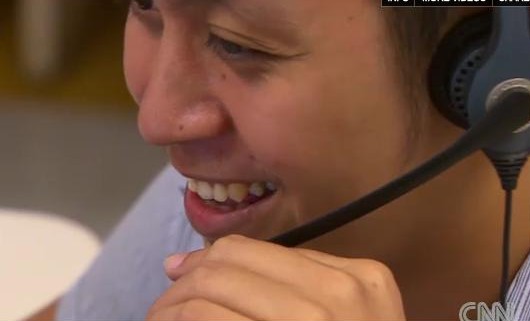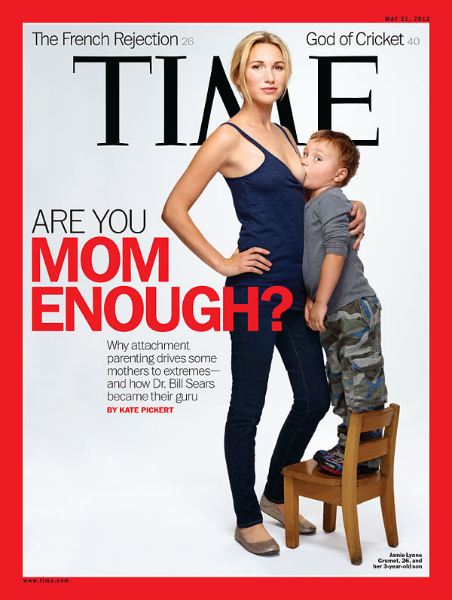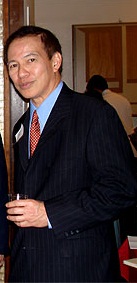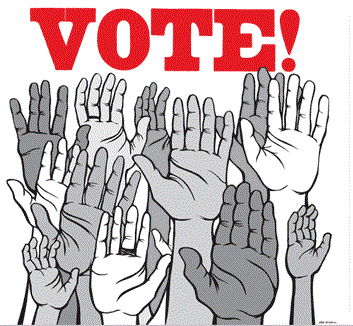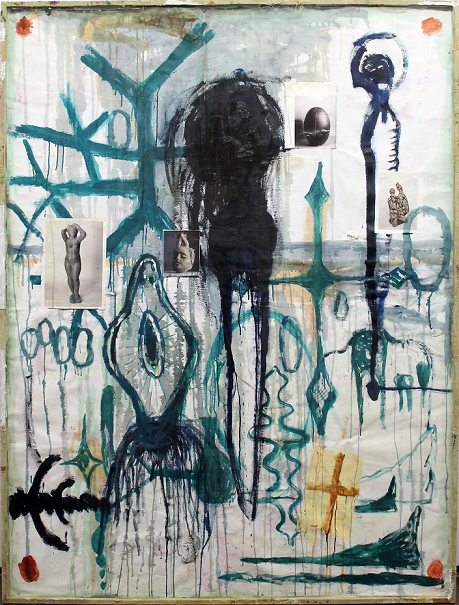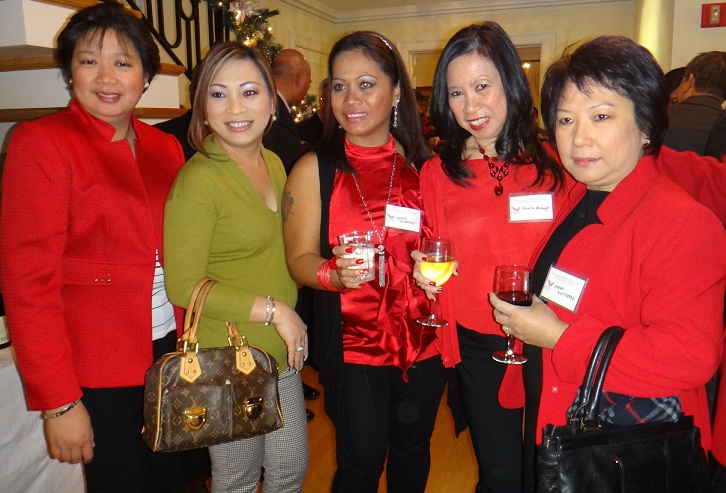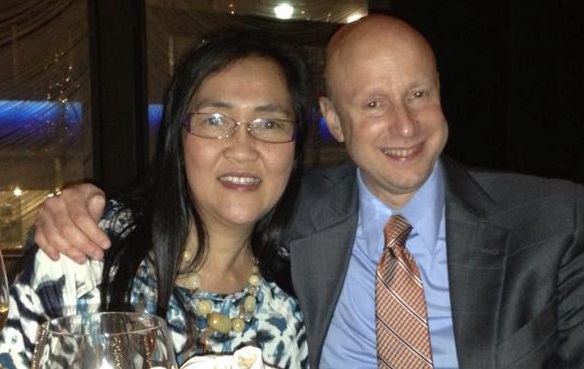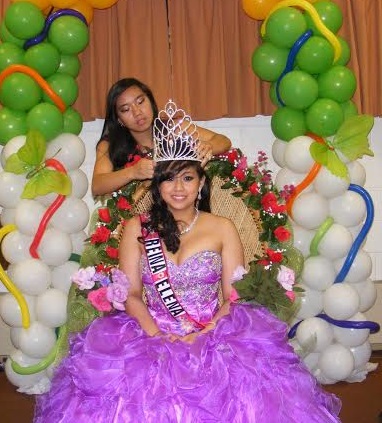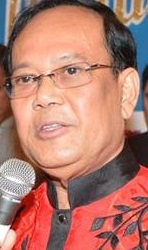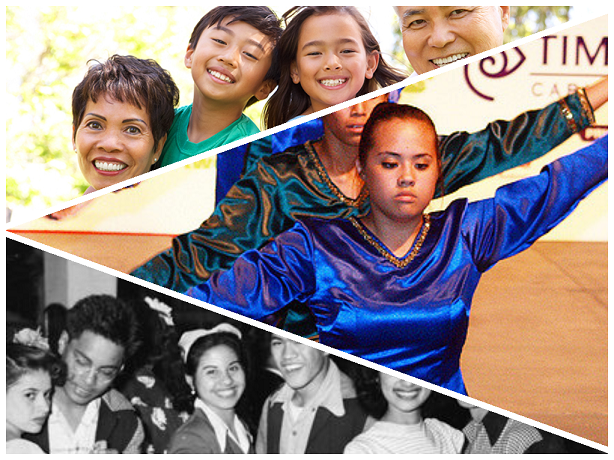More than 4 million Filipinos now call America home

International tax accountants licensed to practice in the Philippines

For FREE immigration consultation, CLICK HERE. Use Code: THE FILAM
From 3,912,921 Filipinos in the United States last year to 4,037,564 this year.
We are now more than 4 million Filipino Americans. We comprise a solid 40 percent chunk of the Filipino diaspora around the world. In this country, we are the third largest Asian American subgroup behind the Chinese (5,219,184) and the Indians (4,402,362), attesting to our “emerging population not just within the Asian American community, but throughout America as a whole,” said National Chairman Brendan Flores of NaFFAA or the National Federation of Filipino American Associations.
One has to wonder how so many of us wound up in these United States. Filipinos may represent only a fraction of the over 320 million people in this country, but it is hard not to be awed by the sheer number that has made this land our home.
Even if many of those among the more than 4 million have been here years and years, that sprinkling archipelago of islands on the doorstep of Asia has spawned millions of immigrants for America.
In California, the Census Data showed there are 1,651,933 Filipinos, although it seems the number is much higher.
In Hawaii, there are 367,364. The lone star state of Texas is home to 194,427. In Washington, there are 178,300. In Nevada, the home of the gambling pilgrimage of Las Vegas, there are 169,462.
In Illinois where Chicago is located, there are 159,385.
Finally, New York has 144,436; Florida and its retirement community has 143,481; the Garden State of New Jersey has 129,514. In the burbs of Virginia, 108,128 Filipinos reside. Maryland has 71,858; and Arizona has 70,333.
The United States is home to, by far, the largest number of Filipinos abroad. In other countries where we have an outstanding presence, such as Saudi Arabia and the United Arab Emirates, a big number of us are there to seek employment and not so much to find a home. It is opportunities and a future for our families that America represents, and while it is difficult to accept those aspirations are hard to come by in the Motherland, the Filipino American narrative of living in two worlds is all too familiar.
It began with the story of the ‘manongs,’ the agricultural workers who toiled in the searing Hawaii sun or among the fertile valleys of California often fearful of race riots in the 1920s. From there, the waves of immigration followed, from the war brides to medical professionals who came after the laws loosened up in the 1960s. Over the years, we keep coming to this country, enriching its tapestry of people and cultures.
Flores acknowledged that “while we continue to grow in numbers, we have hard work to do in terms of civic engagement and representation.”
Through NaFFAA, he continued, the community will “continue harnessing the energy and passion of the more than 4 million Filipinos who call America home, and uniting us with one strong, clear voice.”
Filipino Americans are a community at once vibrant and dynamic, clannish, civic-minded, and at times infuriating. We are a people that excel in many aspects of American society, but it is also in our community where some organizations breed shallow intrigues and festering corruption.
Yet, as we celebrate Filipino American History Month in October, let us celebrate our growing number with abundant pride bursting out of our chests. We are more than 4 million strong.
© The FilAm 2018

